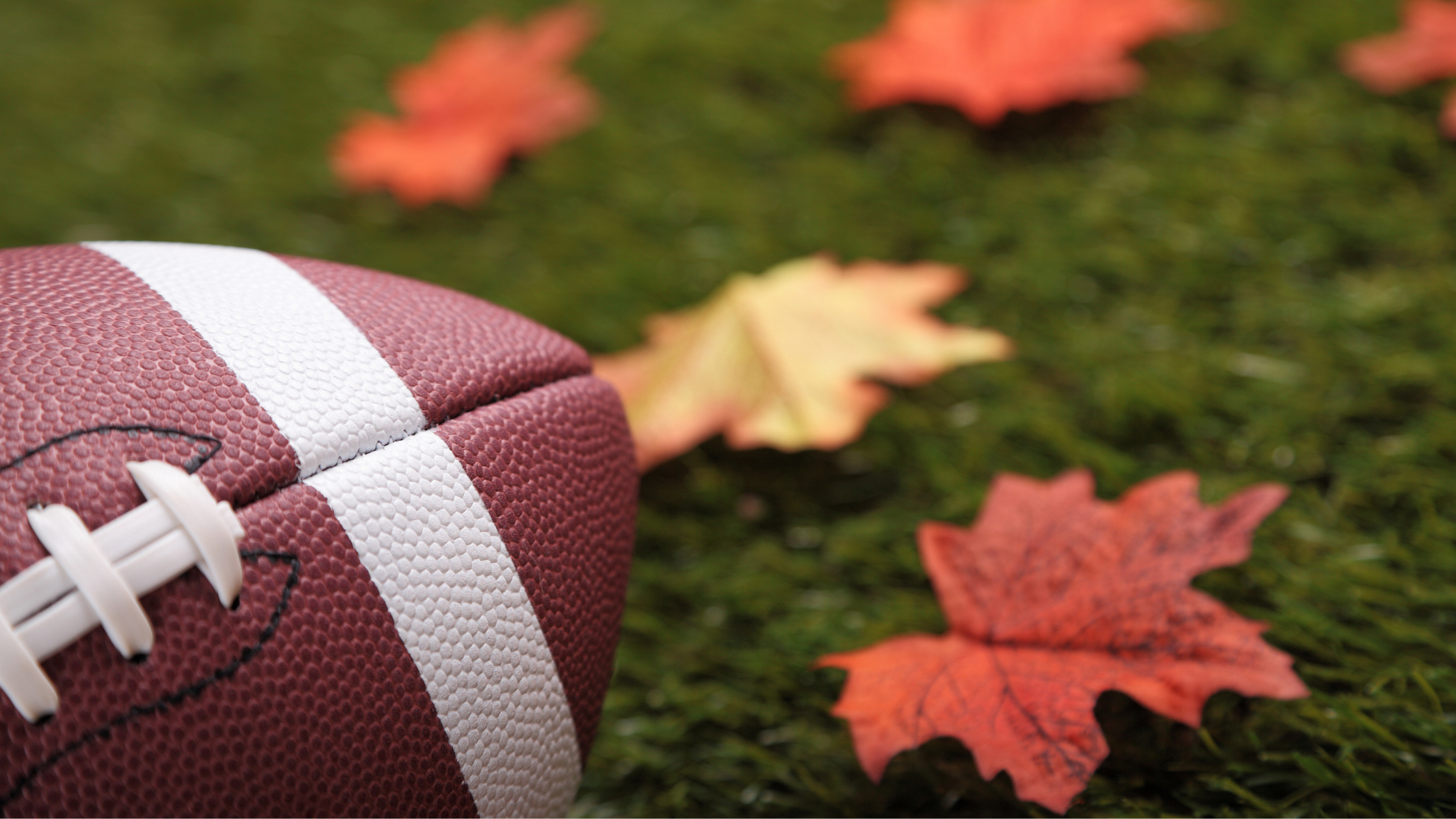If you are struggling with lower back pain that radiates down your leg, you might have hit the internet searching for answers, only to find the terms “sciatica” and “herniated disc” discussed frequently. This is because both conditions can cause debilitating back...
You open your eyes, stretch, and sit up, ready to start the day. But the moment your feet hit the floor, a sharp or aching pain shoots through your heels, arches, or the balls of your feet. Morning should feel refreshing, yet instead, you find yourself hobbling to the...
Are you a fitness enthusiast or a dedicated athlete who has suddenly been sidelined by a nagging, persistent pain in your calf and ankle? That sharp or aching sensation that flares up during or after activity could be the result of Achilles tendonitis. The Achilles...
Prevent Common Fall Sport Injuries this Season

By Kevin Walsh, M.D., sports medicine specialist at Premier
Fall sports season is well underway. Football, cheerleading, soccer, cross country, and even fall baseball are all full tilt.
Despite taking all precautions, athletic injuries are inevitable. Let us review the most common injuries and best treatment options for your fall athlete.
Concussion:
Every fall athlete is at risk of concussion. Football is the most prominent sport associated with this injury, but every athlete is susceptible to this injury. Whether it is two soccer players colliding on a head ball or a cheerleader taking a bad tumble, head injuries can happen everywhere. This injury is not always immediately apparent, so it is essential for loved ones to keep an eye on their athlete after a blow to the head. Look for any changes in behavior including sleep. If you notice your athlete acting differently, complaining of dizziness, headache, vomiting, or has vision issues see a physician immediately.
Hand and wrist fractures:
Falls are common during the fall. Every athlete takes a tumble from time to time and instinctually extends their arms to break their fall. This can result in hand and wrist fractures, especially distal radius fractures. Depending on the severity and location of the break conservative options should attempted first. Splinting, casting, and braces are all viable conservative treatment options. If the fracture is displaced, breaks through the skin, or is complex, surgical intervention may be required. Your athletic trainer should discuss with you and your family treatment options based on the severity of the injury.
ACL tears:
Everyone has heard of ACL tears. Typically, the anterior cruciate ligament tears when an athlete twists too far or is involved in a collision. Sometimes the ACL can tear from just taking a bad step. There are three grades of ACL tear with the mildest being a sprain, and the worst being a full tear. Symptoms of a tear include swelling, pain, and instability. Treatment options depend on severity of the tear. Mild tears, or sprains, can be treated with bracing, rest, ice, and physical therapy. More severe tears will require surgical intervention. Surgery is usually done through a minimally invasive procedure. Your new ACL will either be tissue from your own body or a donation from a cadaver.
Ankle sprains:
Another common injury, ankle sprains occur in every fall sport. An errant leap from a cheerleader, a bad step on the trail during cross country, or two legs colliding on the soccer pitch all can result in an ankle sprain. Ankle sprains commonly occur when the ankle twists, rolls, or turns in an uncomfortable way which results in a stretching or tearing of the ligaments that hold the ankle together. Most sprains can be treated with the R.I.C.E. method (Rest, Ice, Compression and Elevation), along with over-the-counter pain relievers. More serious ankle sprains may involve a ligament tear or broken bone and should be evaluated by a sports medicine physician.
Fall sports offer student-athletes many great opportunities, but along with the thrill of victory comes the agony of injury. If you or a loved one suffers any of the above injuries and would like to be evaluated by Dr. Walsh, please call 610-520-6170 or visit premierortho.com.
